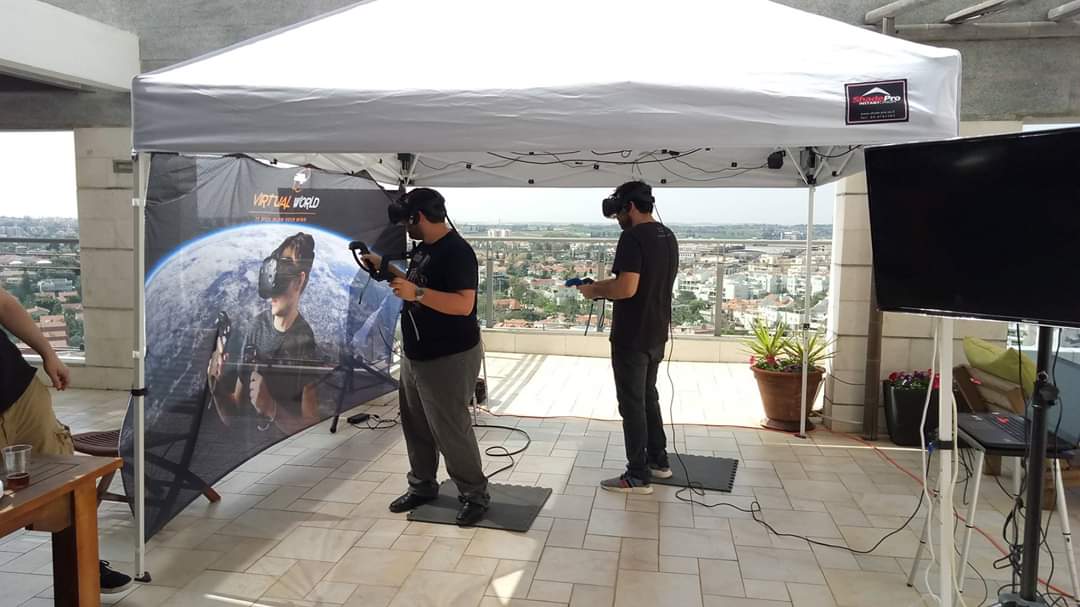–Johan Botes | Partner, Head of Employment & Compensation, Baker McKenzie Johannesburg
It is difficult to lift one’s gaze from the immediate, dramatic impact that COVID-19 has on our working lives and look towards the horizon to see what lies ahead. Looking around corners does not feature in the workplace triage in which we are engaging at the moment. And to be fair, there are many businesses or services who are so deep into dealing with the crisis that no one can blame them for not taking a minute to consider the office environment six or twelve months in the future. For those of us not engaged in essential services, however, perhaps now is the time contemplate our working environment post COVID-19.
Employees are notoriously resistant to change. Whether the reasons relate to issues such as fear of loss of control, concerns about one’s competence in a new environment, past resentments when it comes to work changes, or general anxiety around the knock-on effects of change – we like to continue doing what we have grown accustomed to do. COVID-19 has gently nudged some people out of their comfort zones and it has absolutely obliterated it for others. Being forced to dine on something that we were otherwise reluctant to taste is likely to have a significant impact on how we look at the workplace menu post-pandemic.
Working from Home
Previously the perceived preserve of millennials and the laid-back executives from sales, we all had to wrap our collective heads around the virtual workspace when offices were shut, but clients still needed urgent assistance and deals still needed to be finalised. And, like your first introduction to escargot, it may have been hard to swallow initially but most of us are now converts who are as adept at connecting via Zoom as we are wielding our snail forks in a posh restaurant.
We have become accustomed to doing more electronically (and on our own) without the safety blanket of physical documents with red pen mark-ups, flagged and well-thumbed textbooks or policies strewn around our offices and an adept personal assistant to rely on. This is bound to have an impact on our willingness to continue with this experiment post COVID-19. Even those of us who long for the camaraderie of the office, the joviality of the staff canteen and the recounting of the weekend around the water cooler are likely to remember the benefits of our enforced working from home scenarios. I can see myself working from home at least a day or two per week going forward, now that I appreciate the increased levels of concentration and productivity possible when knuckling down in sleep shorts and a T-shirt in front of your laptop, to churn out work uninterrupted.
I have not read any articles about people missing their daily commute to and from work. If you do, it may be more of an indictment on your home situation that the joy of the commute. However, many employees have seen an increase in their productivity where they now need not wake up at the crack of dawn, spend inordinate amount of time commuting, then put in a full day at the office only to repeat the same commute in reverse. If you previously spent one hour every workday commuting, and you now add 30 minutes’ productivity to your typical output due to the absence of your commute, that amounts to the equivalent of between two and three weeks’ work per year. You can effectively go on leave without having to increase your work output or targets, as you have already made up that productivity by using just half the time you saved by not commuting.
Working from home is likely to have a fair impact on workforce planning going forward. It may be that more businesses buy into the vision of requiring smaller bricks and mortar premises as they expect staff to share office space as and when they come to the traditional office. A small allowance to assist employees to set themselves up in a home office may make financial sense when contrasted with lease costs – typically one of the major cost elements in most businesses. However, as a recent study by the National Bureau of Economic Research – Does Working From Home Work? Evidence from a Chinese Experiment – has shown, not all employees who volunteered to work from home remained enamoured with the idea. Although they reported a 13% increase in productivity, around two thirds of the control group opted to return to the office at the end of the nine-month experiment.
The same study also found that employees who performed well during the period of remote working were keen to continue working from home. Staff members with relatively poor performance during the same period mainly opted to return to work at the conclusion of the programme.
Employees who work from home reported higher work satisfaction and reflected more positively in the attitudinal survey done as part of the same study. Attrition also fell by more than 50% for the group working from home. Workers did express concern about being out of sight, out of mind, with promotions for the work from home group falling by 50%, notwithstanding the increase in productivity and positive disposition. Many also commented on the lack of social cohesion and interaction when working remotely.
These (and other) studies and anecdotal evidence could assist employers in building the workplace for the future. The key seems to be in being able to unlock the positive results of the work from home experience whilst managing the downside. Businesses that have their finger on the employee pulse may have a strategic advantage in finding those initiatives that will resonate with their teams as they seek to manage the gloomy financial future COVID-19 has created.
Related posts
Global | Didi Angaye Earns A Distinction Award, Another Feather To The Cap
On a bright sunny day, in the month of July, 2024, the prestigious Staffordshire University located in the West Midlands of England organised its Award giving and Graduation ceremony to honour graduates of various educational programmes and courses which it offers. Didi Timipah Angaye,…
Olu Of Warri Bags Award In UK, Wife Advocates Return To Cultural Values
The Olu of Warri, Ogiame Atuwatse III, has received the Leadership and Community Development award at the 14th African Achievers Awards (AAA), which took place at the Parliament House, United Kingdom. The award was presented by a member of the House of Lords, London, Rt…
Brit Awards | Asake, Burna Boy And Other ‘New Cats’ Get Nominations
Nigerian singers Burna Boy, Asake, and Rema have been nominated for the 2024 Brit Awards. The nomination list for the annual music awards show was released on Wednesday 25, January 2024. Burna Boy and Asake made the ‘Best International Artiste’ category, while ‘Calm…
Brit Awards 2024 | The Full List Of Artist(e)s
This year’s Brits nominees have been revealed ahead of the ceremony in London in March. Dua Lipa is the first star confirmed to perform at the event – but how many awards is she up for? Musicians including Raye, Central Cee, J Hus and Blur are also…
Despite Increased Transfer Volume And Institutional Adoption, Bitcoin Stays Below $60K
Bitcoin’s price hovers around $59K as increased transfer volume indicates a stable demand among investors. CryptoQuant data indicates buyers are absorbing the panic selling pressure around the $57K price level. Bitwise’s latest report suggests that institutional investors are still buying Bitcoin despite the recent price…
Traders Focus On Meme Coins As Bitcoin, Ethereum And XRP Erase Recent Gains
Bitcoin, Ethereum and XRP dip under key support levels at $60,000, $2,600 and $0.60 respectively. Tron ecosystem’s meme launchpad SunPump generates over $1.1 million in revenue within twelve days of its launch. Tron network daily revenue reached a record high of $26.83 million on Tuesday,…
Top 10 Cryptocurrencies To Invest in January 2024
-Michael Adams From Bitcoin and Ethereum to Dogecoin and Tether, there are thousands of different cryptocurrencies, making it overwhelming when you’re first getting started in the world of crypto. To help you get your bearings, these are the top 10 cryptocurrencies based on their market…
The Risk And Reward Of ChatGPT In Cybersecurity
Juan is an experienced CTO with a demonstrated history of working in the computer and network security industry. He is an information technology professional skilled in SAP and Oracle applications, computer forensics, vulnerabilities research, IPS/IDS and information security. Unless you’ve been on a retreat in…











